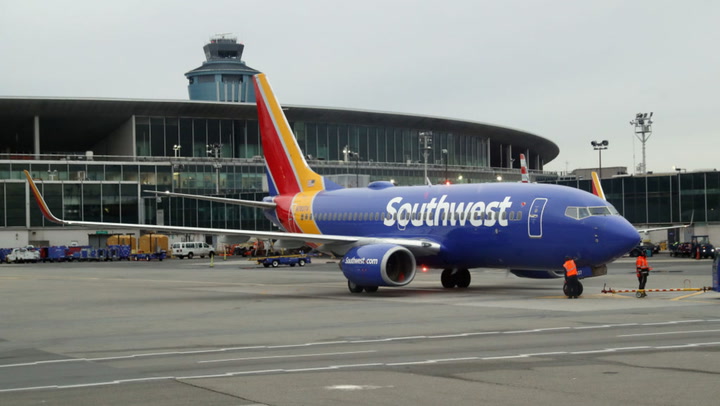Overview of Southwest Airlines’ EarlyBird Check-In Changes
- Southwest Airlines limits EarlyBird Check-In availability.
- Feature ensures a desirable boarding slot.
- Ongoing upgrades to enhance customer experience.
Southwest Airlines has recently announced significant changes to its EarlyBird Check-In feature as a part of its ongoing strategy to enhance the overall flying experience for passengers.
Effective from August 15, the airline confirmed that it would limit the number of EarlyBird Check-In spots available for purchase on specific flights, routes, or days. Consequently, this new policy means that some customers may not have access to this feature based on availability.
Enhancing Customer Experience
“Many initiatives are underway across the Company to modernize the Customer Experience and win more Customers,” a Southwest spokesperson stated. “This focus brings an opportunity to evolve our fare and Ancillary Products, while maintaining the value they bring to our Customers.”
The EarlyBird Check-In feature automatically secures a boarding spot for travelers prior to the standard 24-hour check-in period, thereby guaranteeing a more desirable boarding position. The cost for this feature starts at $15, varying depending on demand and the duration of each one-way flight, according to the airline.
:max_bytes(150000):strip_icc():format(webp)/TAL-southwest-check-in-austin-bergstrom-airport-SWCHECKIN0823-09cff1ff668044ffa95194249e268b91.jpg)
Open Seating Policy
Southwest Airlines employs an open seating policy rather than assigning seats. Instead, travelers receive a boarding group (A, B, or C) and a position (1 through 60 or more) upon check-in, according to the airline. This system allows for flexibility, but those looking to improve their seating can purchase a Business Select fare, which guarantees a top boarding slot.
Upgrades to the In-Flight Experience
Moreover, Southwest has been actively enhancing its onboard experience, including the installation of USB A and USB C power ports at every seat and improvements to their Wi-Fi service. New beverage options, such as iced coffee, have also been introduced to elevate customer satisfaction.
The airline is also expanding its routes, introducing new flights to popular vacation destinations, while planning to significantly reduce midweek flying capacity next year. This shift in strategy responds to the evolving profile of travelers in the post-pandemic landscape.




